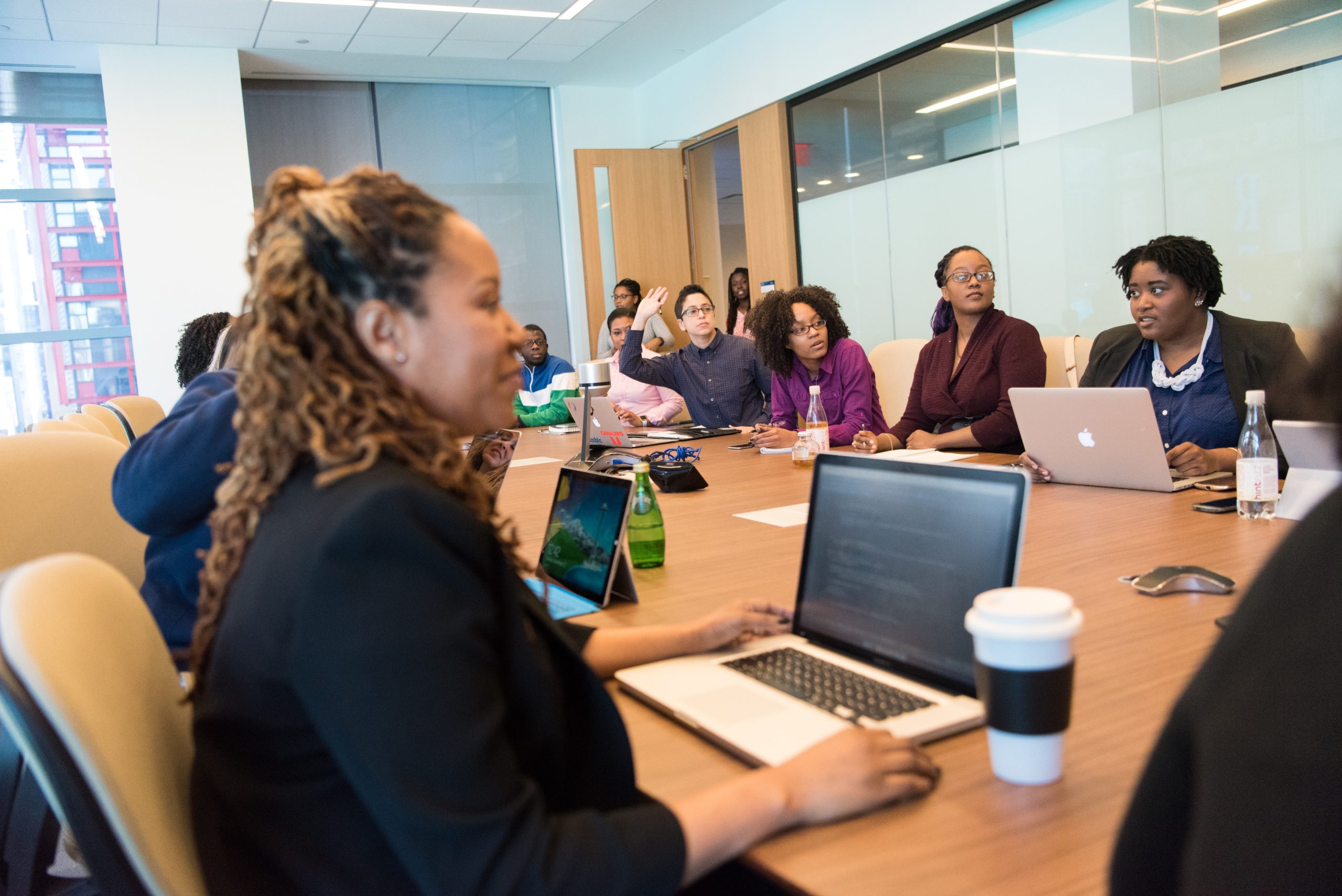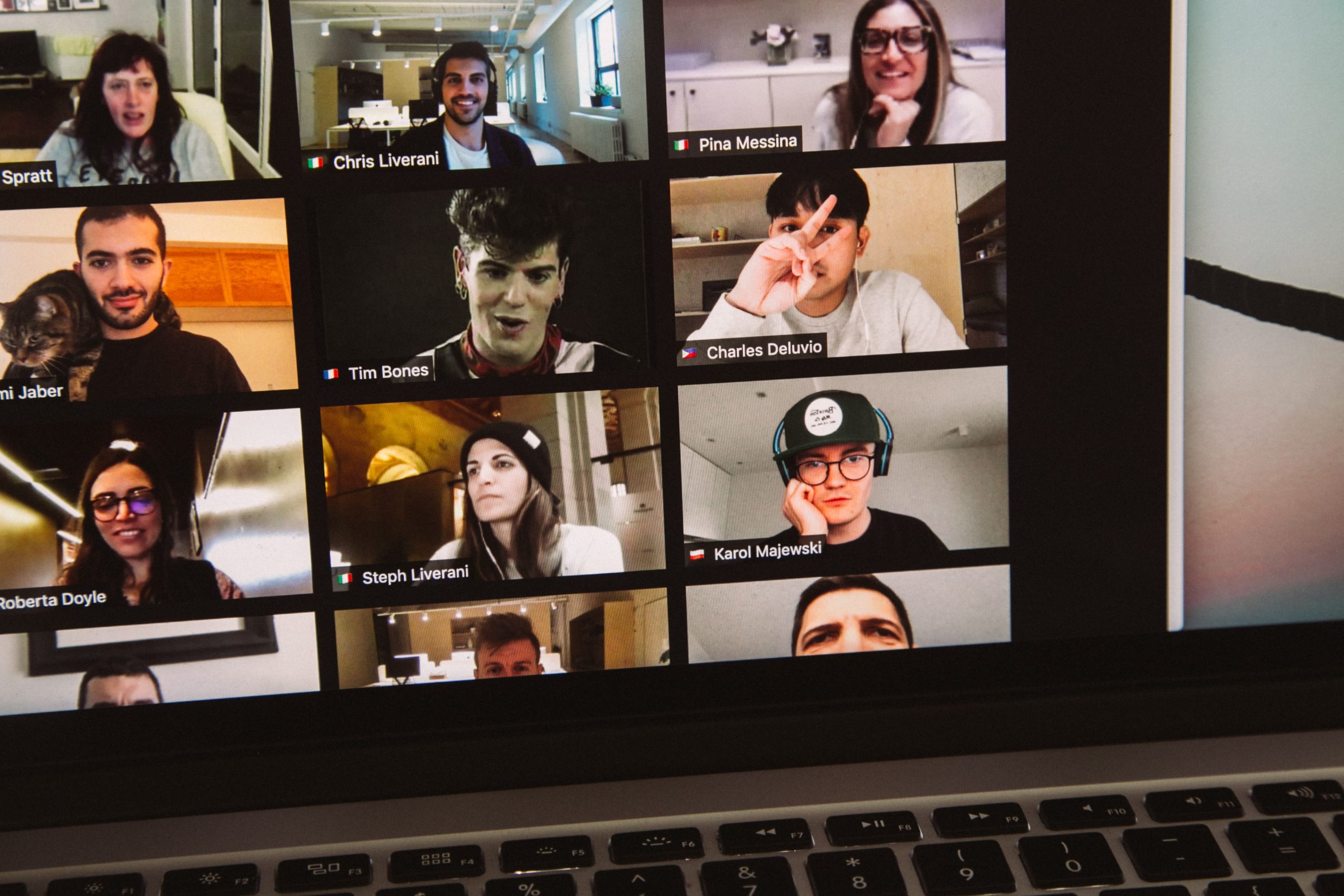
There Are Two Kinds of Training. Only One Works.

For as long as I’ve been working, I’ve experienced training. We all have. We also know that it doesn’t’ always “stick”. This is especially true of sales training. Let me share one big “why”.
As my role transitioned into sales leadership, and now consulting, I had to figure out why some training works better than others. When an initiative involves training, whoever owns the results of that initiative (sometimes different from who leads the training) must understand why…and what to do about it.
There Are Two Kinds of Training.
The two kinds of training are really related to two kinds of content:
- Content that trainees can “know”.By this, I mean that information in the training is simply transferred with little or no behavior change. Examples in the sales world are how to prepare a bid or enter an order, or how to find collaterals. General examples might be how to log into the company networks or get help, where to go for an access badge, etc. In banking, we had “how to spot and report possible money laundering” training. The point: learning is simple knowledge transfer. Training works fine for this kind of content.
- Content that addresses what trainees “do” (behavior content).A lot of sales training falls into this category. It introduces and defines specific selling behaviors…perhaps with some role-playing for practice. A training department might erroneously measure “success” via post-course content retention testing. By contrast, the vice president of sales owns results responsibility; for him or her, success means permanent behavior change. Millennial-friendly hip multimedia content, video role-playing or easily digestible micro-eLearning modules won’t change behavior. These innovations are great at achieving “know”: they effectively transfer knowledge and introduce desired behavior, but they don’t drive behavior change.
The second kind of training doesn’t work…without help. Behavior change training alone works for only a very small percentage of self-starting and highly capable sellers.
I have watched many companies fail to distinguish between the two kinds of content. As a result, they unconsciously cripple a “sales training” initiative by applying a “know” solution to a “do” problem. They fail to adequately reinforce behavior change after a “do content” training event.
Changing Behavior is Simple, But Not Easy.
The difference between “know” content and “do” content is the level and type of follow-up required. “Do” requires follow-up coaching. Until recently, coaching required a personalized coaching regimen delivered via old-fashioned human interaction. (more about new innovations in that area below). The graphic above shows a table of the difference between a training event and coaching for “do” content. Notice how coaching focuses on adopting or changing behaviors. The differences are pretty self-explanatory.
The gold standard of coaching behavior content is and has always been manager-delivered. Due to the one-on-one nature of effective coaching, a seller’s immediate manager is the logical person to deliver effective coaching.
I was one of the first in my company to become fully certified in the full suite of (Miller Heiman Group) coaching methodologies. I now help not only my own clients, but those of several colleagues to build coaching acumen in their management corps. It’s a hugely rewarding part of my consulting practice: I grow sales careers by growing sales managers’ careers.
Artificial Intelligence (AI) Comes to Coaching
The promise of AI is that it can act as an expert system that tirelessly monitors behaviors looking for gaps. An AI system has the time that a sales manager lacks. This is a powerful management tool. It also requires a huge underlying data set to “teach” the system to recognize both behaviors and behavior gaps.
I work with one of the first systems capable of recognizing critical selling behaviors. It diagnoses selling gaps proactively. It’s able to spot deal risks and recommend corrective selling behaviors in time to change the deal trajectory, a major innovation. This system operates from an expert system database built from the deepest experience base in existence: the largest, most successful B2B selling organization in the world. This knowledge base is poised to become the first to use machine learning (one form of AI) to diagnose sales opportunities via CRM data. This requires a different CRM that collects behavior data rather than today’s usual “activity-based” tracking. For instance, you can’t coach from “how many calls did this salesman make”. You can coach from data about meaningful conversations. CRM data isn’t today’s activity-based tracking; it’s metrics with insight into a buying decision…selling behaviors.
While personal coaching is still the gold standard, an expert-based system focusing on selling behaviors lightens the load on front-line sales managers. Sales managers are a very overloaded group, and can use the help. A system which can automatically catch and notify sellers of the most common behavior gaps allows managers to concentrate their coaching on higher-value issues. Managers can follow up when sellers don’t react to machine-based suggestions, coach for more subtle points, etc.
Don’t Address a “Do” Problem With a “Know” Solution
If you and your company want to embark on a sales performance improvement journey, make sure your plan distinguishes between “know” and “do” content. Then make sure that you do “do” correctly: with a robust coaching component. Also look for a solution which has a clear future into automated ongoing coaching using AI or some similar technology.
If you’d like a fresh set of eyes on your situation, I’d be happy to spend some time hearing your situation out, and your thoughts. Contact me at mark@boundyconsulting.com if you’d like to access a free sounding board. Comment below if you have any additional insights or questions to share.
To your success!
Do you know what value you provide for your customers? Don’t feel bad. According to McKinsey & Co., only about a quarter of directors on big company boards could describe their company’s value.
And yet, the purpose of a profitable business is providing more value to a customer than it costs to deliver.
Mark brings over three decades of sales, marketing, and corporate leadership experience to his clients all around the world. His wide-ranging experience has given him a unique perspective into
Creating corporate cultures centered on customer-perceived value.
These cultures are built for long term success, increase customer satisfaction, employee engagement, and yes, increase shareholder value.
Mark uses simple tools and a common language of customer value you can use throughout your organization. He has developed tools, training, an upcoming book, and coaching skills to make it easy to integrate.
If your company works in the business-to-business arena, we can combine world-class sales methodologies with a value-centric culture shift. When sales, customer service, marketing, product development, engineering -- every aspect of your company –has a clear line of sight to "customer value ", your entire company can become value focused. Visit www.boundyconsulting.com or contact Mark at mark@boundyconsulting.com, or 602.374.3020.|Are you happy with how much you're selling...and how much you're selling it for? Improving both means getting your customers to perceive the value your offer provides them.
Do you know what value you provide for your customers? Don’t feel bad. According to McKinsey & Co., only about a quarter of directors on big company boards could describe their company’s value.
And yet, the purpose of a profitable business is providing more value to a customer than it costs to deliver.
Mark brings over three decades of sales, marketing, and corporate leadership experience to his clients all around the world. His wide-ranging experience has given him a unique perspective into
Creating corporate cultures centered on customer-perceived value.
These cultures are built for long term success, increase customer satisfaction, employee engagement, and yes, increase shareholder value.
Mark uses simple tools and a common language of customer value you can use throughout your organization. He has developed tools, training, an upcoming book, and coaching skills to make it easy to integrate.
If your company works in the business-to-business arena, we can combine world-class sales methodologies with a value-centric culture shift. When sales, customer service, marketing, product development, engineering -- every aspect of your company –has a clear line of sight to "customer value ", your entire company can become value focused. Visit www.boundyconsulting.com or contact Mark at mark@boundyconsulting.com, or 602.374.3020.|Are you happy with how much you're selling...and how much you're selling it for? Improving both means getting your customers to perceive the value your offer provides them.
Do you know what value you provide for your customers? Don’t feel bad. According to McKinsey & Co., only about a quarter of directors on big company boards could describe their company’s value.
And yet, the purpose of a profitable business is providing more value to a customer than it costs to deliver.
Mark brings over three decades of sales, marketing, and corporate leadership experience to his clients all around the world. His wide-ranging experience has given him a unique perspective into
Creating corporate cultures centered on customer-perceived value.
These cultures are built for long term success, increase customer satisfaction, employee engagement, and yes, increase shareholder value.
Mark uses simple tools and a common language of customer value you can use throughout your organization. He has developed tools, training, an upcoming book, and coaching skills to make it easy to integrate.
If your company works in the business-to-business arena, we can combine world-class sales methodologies with a value-centric culture shift. When sales, customer service, marketing, product development, engineering -- every aspect of your company –has a clear line of sight to "customer value ", your entire company can become value focused. Visit www.boundyconsulting.com or contact Mark at mark@boundyconsulting.com, or 602.374.3020.
- Trusted Advisors or Structured Sales: Pick One - December 10, 2021
- Your Value Focused Journey: What is Your Sales Reputation? - January 8, 2020
- Your Value Focus Journey: Enablement and Elite Customer Focus - January 8, 2020






